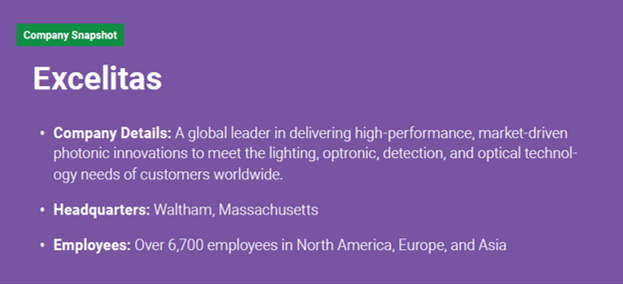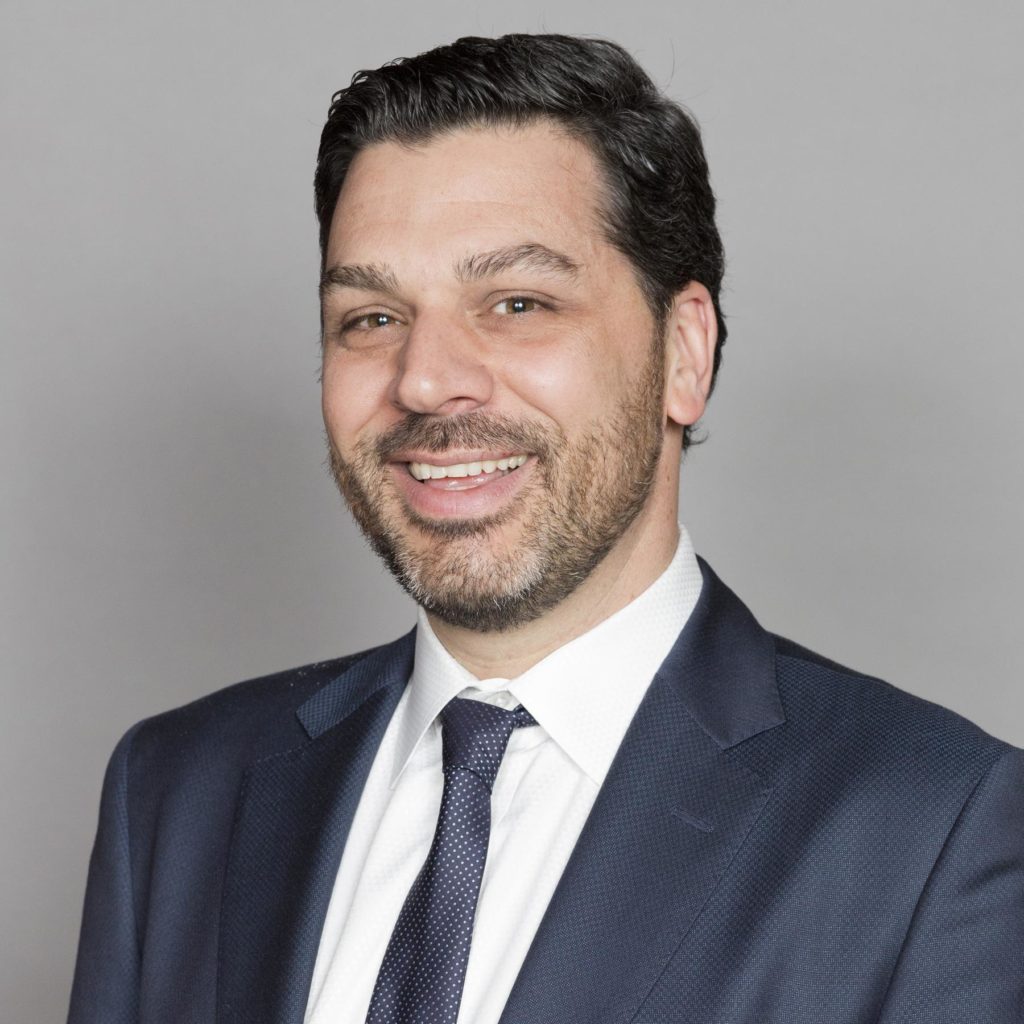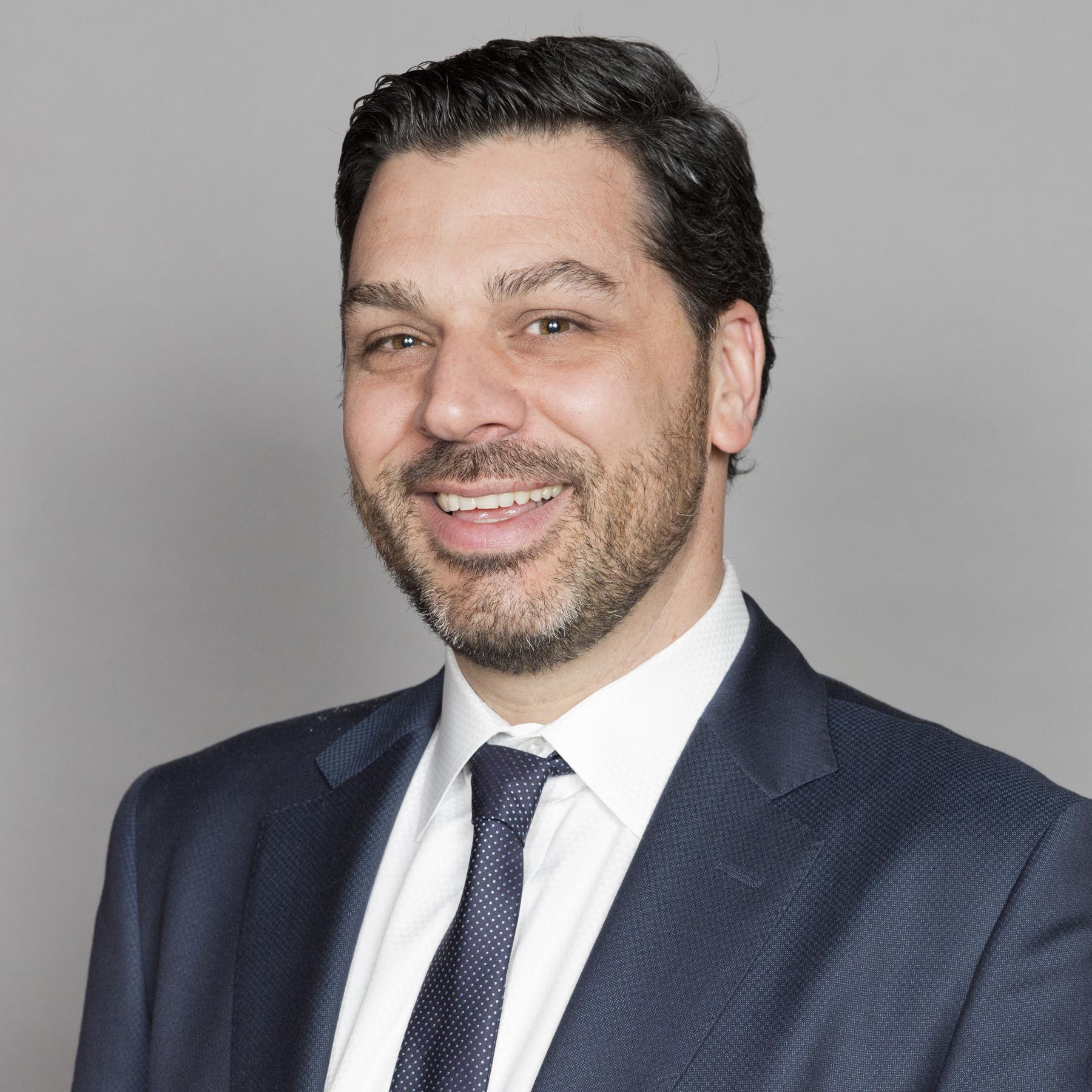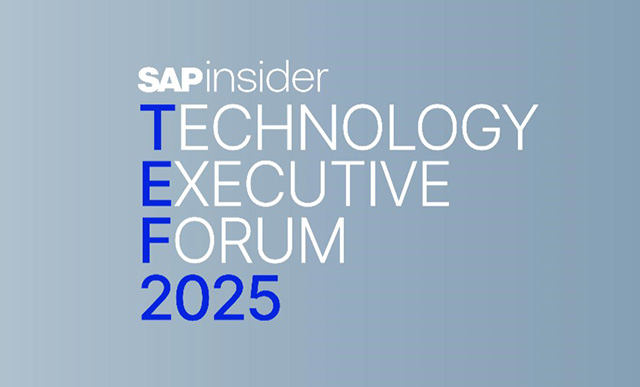Photonics Manufacturer Transformed Its Financial Operations
Meet the Experts
By Annie Kennedy, Contributing Writer, SAPinsider
On a mission of “enabling the future through light,” Excelitas Technologies Corp. is a global technology leader focused on manufacturing photonics components. The company’s products can be found in many spaces, from machine vision-type applications to aeronautics to healthcare devices (particularly with an increase in thermometry during COVID-19).
To support the company’s heavy acquisition strategy, Excelitas needed to embrace the 21st century, says Vice President for Global Business Services Robert Ersoni, by addressing the organization’s greatest challenge — integration. Excelitas needed to keep up with its own growth agenda and in early 2019, the company set out to examine how it could adopt and implement a Global Business Services (GBS) structure.
Explore related questions
“The fundamental question becomes how to shift away from being transactionally oriented and toward being an effective business partner, providing analysis so that the business can make better informed decisions,” Ersoni says. To answer this question, Ersoni partnered with Excelitas’ Chief Financial Officer (CFO) and CFO staff to create an operating model that would set the direction of the company going forward.
Building a Business Case – and Packing Only Key Components for the Journey
When building a business case for such a transformation, Ersoni says, organizations should not only be clear about objectives, but also clearly define what objectives are outside the scope of the project and ensure that everyone is aligned on those definitions. For example, Excelitas chose not to include cost accounting as part of its finance transformation.
And, Ersoni says, be prepared to adapt as the business and business needs change. SAP S/4HANA for group reporting, originally not in scope, was subsequently introduced as a vital component of the transformation program.

The change management aspect of Excelitas’ transformation was significant — 7,000 people were impacted in some way and needed to understand what was going on. “Despite the fact that it’s a finance transformation, at the end of the day, you are effectively impacting the organization as a whole,” Ersoni says. Having conversations with stakeholders, in advance, was a key part of the business case.
“You need to create that interpersonal relationship with the individuals being impacted by the change and help them understand the implications,” Ersoni says. “Make sure you’re having those conversations from the clerks to leadership and have the C-suite be part of that communication strategy. You’re asking people to do more than their jobs, and they deserve to know why and to understand how support comes from the top.”
Thinking Differently to Achieve a Unified Landscape
As a result of its acquisitions growth strategy, Excelitas found itself with multiple disparate systems. This included a mix of SAP enterprise resource planning (ERP) systems and several non-SAP ERP systems and came to be viewed as a catalyst for its digital strategy.
Excelitas set out to meet an aggressive timeline to unify its landscape and update its legacy systems by implementing SAP S/4HANA for central finance. Addressing master data became an essential workstream within the implementation project “which is a complicated endeavor” Ersoni says, noting that at times it involved having conversations with accounting and finance across all the sites to understand current data mapping scenarios.
An unintentional but beneficial consequence of this exercise was better understanding the company’s books, accounts, and reporting, and how the company has historically operated. Ersoni says that through this data mapping exercise people have become much more aware of how their decisions impact the overall financials of the organization and how they can help drive the business as a result.
“Master data becomes critical as we shift our mindset from historical bookkeeper to a business partner providing insights and being able to use analytics for reporting.”
The company utilized SAP’s NS2 Cloud Strategy to deliver a packaged solution that could address the many facets of the implementation.

Robert Ersoni, Vice President for Global Business Services, Excelitas
Excelitas also included SAP S/4HANA for group reporting to help sync all its finance systems.
Ersoni says that the company aims to go live with SAP S/4HANA for central finance and SAP S/4HANA for group reporting globally for its SAP and non-SAP systems by the end of 2021.
Thoughtful Simplifications to COVID Complications – and Early Benefits
As Excelitas undertook its preparations, the COVID-19 virus hit, and the team transitioned to a remote work environment. This shift impacted the efficiency of the project. Despite not being able to bring the team together in a boardroom, the team was able to re-design processes, design the global chart of accounts, and put effective controls in place to ensure a proper governance was in place. This preparation was key, says Ersoni, because it is more difficult to modify processes once SAP S/4HANA for central finance has gone live.
Ersoni is already seeing how SAP S/4HANA for central finance will help Excelitas achieve visibility and integrate acquired companies’ financials faster.
“We knew SAP S/4HANA for central finance would be a game changer,” Ersoni says, “especially for that single chart of accounts.”
Excelitas is also leveraging SAP S/4HANA for central finance to create separate ledgers that can be used for statutory accounting as well as handle specific reporting operations. “We’ll be more efficient due to improved data models and leveraging the embedded analytics capabilities of SAP S/4HANA that we can report back on,” Ersoni says.
Lessons Learned
Ersoni says that organizational change management (OCM) was a key component to the implementation project. Looking back, he recommends embedding OCM from the very beginning.
Excelitas worked with an SAP chief customer officer to effectively engage a review from SAP to see how the company was doing on its journey. The review highlighted early on that change management needed a stronger focus, so the company became dedicated around change management beyond the regular meeting and steering committee updates it had originally planned. Ersoni says that ensuring proper communication to all individuals about what the transformation means for them is key.
“You need to create that interpersonal relationship with the individuals being impacted by that change and help them understand the implications. Make sure you are having those conversations from the clerks all the way up to leadership and have C-suite be part of that communication strategy.”
You’re asking people to do more than their jobs, says Ersoni, and they deserve to know why and to understand how support goes all the way to the top.
Ersoni also advises organizations to ensure that the right training is available and tailored to employees’ needs — from new employees to SAP experts. For example, at Excelitas, some employees did not even have ECC experience, says Ersoni, and therefore could not be asked to simply “log into SAP Fiori.” Excelitas benefitted from creating learning journeys for people based on roles and skills.
What’s Next for Excelitas
Today Excelitas can see the proverbial light at the end of the tunnel as part of the first wave of its transformation. The company is currently live from an ongoing replication perspective in its production environment. The company plans to enable central processing group reporting by the end of 2021.
The first step is for SAP S/4HANA for central finance to become the book of record for Excelitas. Following that, Ersoni gets the sense that the light will serve for a brighter future at Excelitas.
Hear Ersoni discuss Excelitas’s journey in detail by watching the on-demand panel discussion, SAP S/4HANA Finance customer journeys: Innovative business use cases that have delivered ROI, from SAPinsider’s 2021 virtual event.










